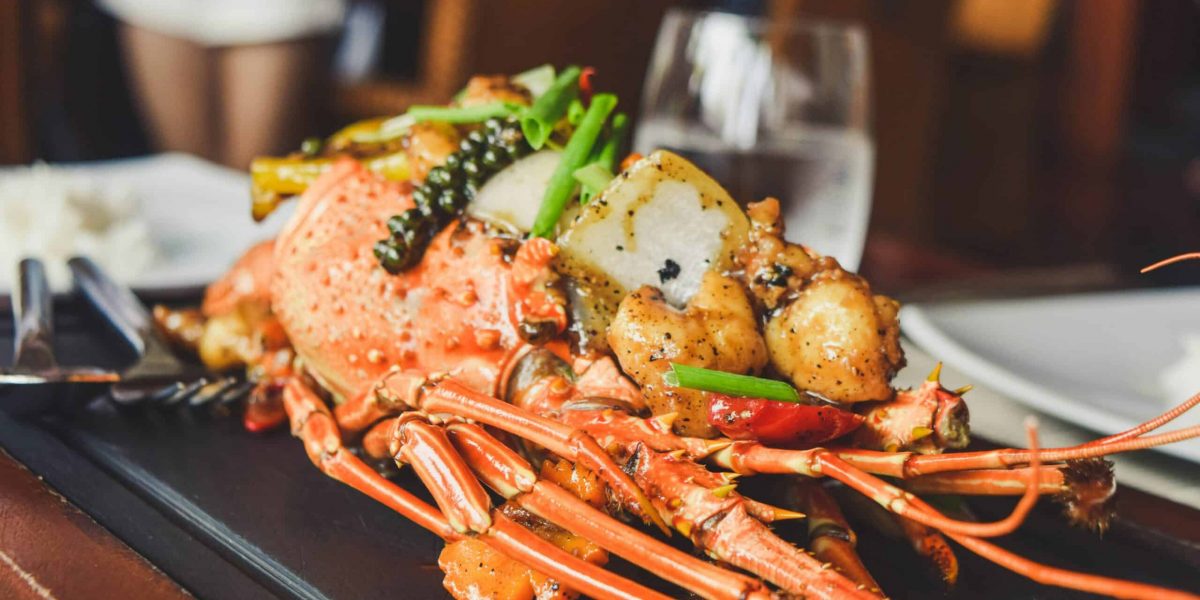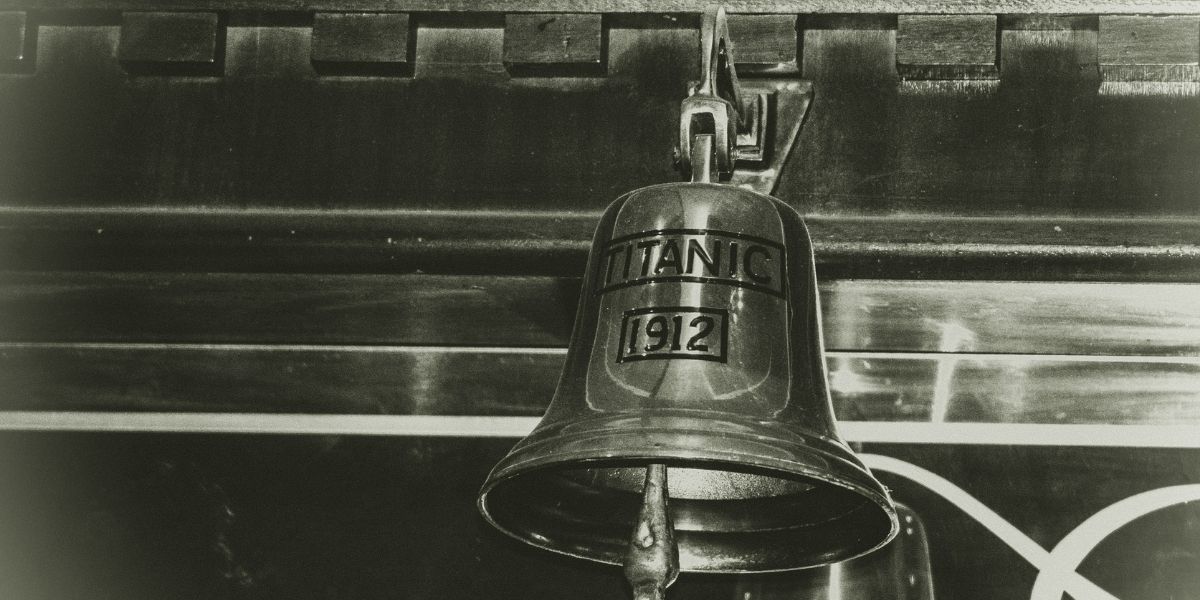Northern American cuisine is a culinary tapestry woven with history, culture, and regional diversity. From hearty stews and fresh seafood to sweet maple desserts, the flavors of the northern United States and Canada reflect the unique traditions and environments of the region. The cuisine is a testament to resourcefulness, community, and an enduring appreciation for seasonal and local ingredients.
How Did Northern Cuisine Evolve?
The evolution of Northern American cuisine is deeply tied to the region’s history and geography. Early settlers and Indigenous peoples laid the foundation by utilizing the abundant natural resources of the area. Native American communities introduced ingredients like wild rice, cranberries, and maple syrup, which remain staples in the region’s dishes today. These ingredients, paired with game meats like venison and fish like salmon, created a diet rich in flavor and nutrition.
As waves of immigrants arrived, they brought their own culinary traditions. French, Scandinavian, and Eastern European influences became particularly prominent in the northern states and Canada. French settlers introduced techniques like smoking and curing, while Scandinavian immigrants popularized dishes such as lutefisk and lefse. These diverse traditions merged with local ingredients to form a distinctive cuisine that continues to evolve.
What Defines Northern American Cuisine?
The defining characteristic of Northern American cuisine is its connection to the land. The harsh winters and short growing seasons influenced the kinds of foods available, leading to an emphasis on preservation methods like pickling, fermenting, and smoking. This resourcefulness has shaped iconic dishes that are not only flavorful but also deeply comforting.
Maple syrup is one of the most recognizable ingredients in the region. Harvested from sugar maples in states like Vermont and provinces like Quebec, this sweet nectar is used in everything from pancakes and waffles to glazes for meats and vegetables. The annual maple sugaring season is a cherished tradition, bringing communities together to celebrate this versatile ingredient.
Seafood also plays a central role, particularly in coastal areas. The lobster rolls of Maine, the clam chowders of New England, and the salmon dishes of the Pacific Northwest highlight the bounty of the waters. These dishes are often simple, allowing the natural flavors of the seafood to shine.
Inland, heartier fare dominates the menu. Pot roasts, stews, and casseroles are common, reflecting the need for warming, filling meals during the colder months. Wild game such as elk and venison, paired with root vegetables like potatoes and carrots, is another staple of Northern cooking.
Regional Variations Across the North
The vastness of Northern America gives rise to regional variations in its cuisine. Each area boasts unique flavors and traditions that reflect its history, geography, and cultural influences.
New England, for example, is renowned for its seafood and dairy products. The region’s clam chowder, made with fresh clams, cream, and potatoes, is a quintessential comfort food. Similarly, Vermont cheddar cheese is a source of regional pride, often featured in dishes like macaroni and cheese or served with apple pie.
The Midwest is celebrated for its farm-to-table ethos, with dishes that highlight the bounty of its fertile lands. Minnesota’s wild rice soup and Wisconsin’s cheese curds are iconic examples of this agricultural influence. Scandinavian and German heritage also shine through in dishes like bratwurst and krumkake.
In Canada, poutine is a beloved dish that combines crispy fries, rich gravy, and cheese curds. This comfort food, originating in Quebec, has become a national favorite. In the western provinces, salmon is often cooked on cedar planks, a technique inspired by Indigenous traditions.
The Pacific Northwest emphasizes fresh, seasonal ingredients. Farmers’ markets abound, offering an array of produce, artisanal cheeses, and seafood. The region is also famous for its wild berries, such as huckleberries and blackberries, which are used in jams, pies, and sauces.
How Traditions Enhance Northern Cuisine
Tradition plays a vital role in Northern American cuisine, with food often acting as a centerpiece for family gatherings and community events. Recipes are passed down through generations, preserving cultural heritage and fostering a sense of belonging.
Seasonal celebrations like Thanksgiving and Christmas are deeply intertwined with Northern food traditions. A Thanksgiving table in the North might feature roasted turkey, mashed potatoes, and cranberry sauce, with regional twists like maple-glazed carrots or wild rice stuffing. Similarly, Christmas feasts often include baked hams, smoked salmon, and decadent desserts like pumpkin pie or butter tarts.
Food festivals are another way traditions are kept alive. The Maine Lobster Festival, held annually, attracts visitors eager to sample fresh lobster rolls and other seafood delicacies. In Quebec, the Festival de la Galette celebrates the iconic French-Canadian meat pie known as tourtière. These events not only showcase the region’s culinary heritage but also strengthen community bonds.
Why Northern Cuisine Deserves Recognition
Northern American cuisine is more than just a collection of recipes—it is a reflection of the people, landscapes, and cultures that make up the region. Its emphasis on local, seasonal ingredients and time-honored techniques creates a depth of flavor that is both nostalgic and innovative.
The cuisine’s ability to adapt and evolve ensures its relevance in modern times. Chefs across the North are blending traditional methods with contemporary approaches, creating dishes that honor the past while embracing the future. Whether it’s a classic lobster roll or a reinvention of poutine, these flavors continue to captivate and inspire.
By exploring the unique flavors and traditions of Northern cuisine, we gain a deeper appreciation for its role in shaping regional identity and bringing people together. From the rich history of Indigenous cooking to the global influences that have left their mark, Northern American cuisine is a celebration of resilience, creativity, and connection.








